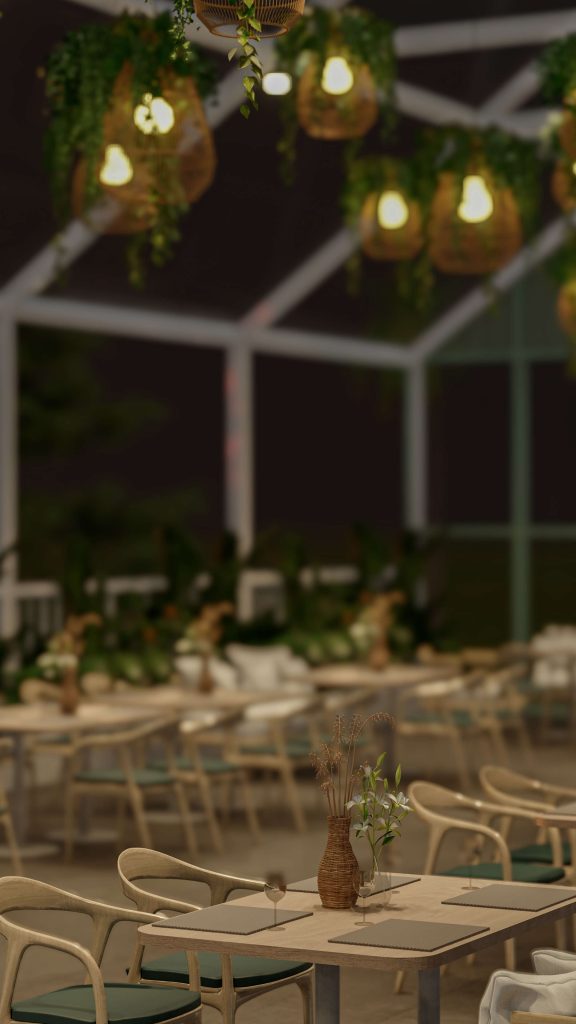Ambience as we know, is the sensory experience that is brought out by certain environments, often natural and artificial. The purposeful arrangement of a couple of things can bring about a different feel than when it was before! This particular design of placement and structure can even influence the mood and even the stream of thought of those who come in contact with it. In Architectural design many methods are used to induce Ambience often of nature, and particular aesthetic! To do so, one requires necessary materials that pair with each other in a complimentary way and create a whole new sensation when finished assembling.
When we start to design or envision an area and how it is supposed to look like eventually, we make a mental imprint of that and start to develop the atmosphere and spacial design of it almost instinctively. Only then we do provide context for it, and even later the necessary details required to achieve it. This process is similar to how writing a poem works, as emotions find words and then meanings! For example, when we imagine a rustic ambience we imagine reddish-brown or metallic hues colouring the area, together with iron accessories and a faded finish. To achieve that, textured tiles, walls, custom paints, and even structure has to be introduced. So, ambience is created through an intentional process rather than a quick production.

To talk about this spatial atmosphere in terms of architecture, one must regard it as a prime factor that can influence the dynamic feel of the whole of the building itself. A well illuminated space with bright colours and simple but elegant accessories will always be more of a better space to work than a gloomy area decorated with black lights and rustic finishes.This is similar to how people try to make their living room look comfortable and welcoming rather than simple, and also how one makes a bedroom to be cozier with evening lights and a secluded structure!
The overall ambience of an area can even influence a person and how said person views the rest. This is why certain elements like an aquarium, water fountain, curious artefacts, paintings or sculptures are used to serve particular purposes and specific aims to guide the atmosphere of an area. The atmospheric tension in area can be broken down and be replaced with a liberating tone just with the inclusion of some green plants or an illuminating light. This might seem simple, but it is a bit hard to achieve as such an altering has to be done while retaining the spacial originality used there.
To achieve a certain ambience and use it to it’s full potential and integrate it into the various styles used is the telltale signs of a great architectural capability. As, the atmosphere can guide impressions and even perspectives!


